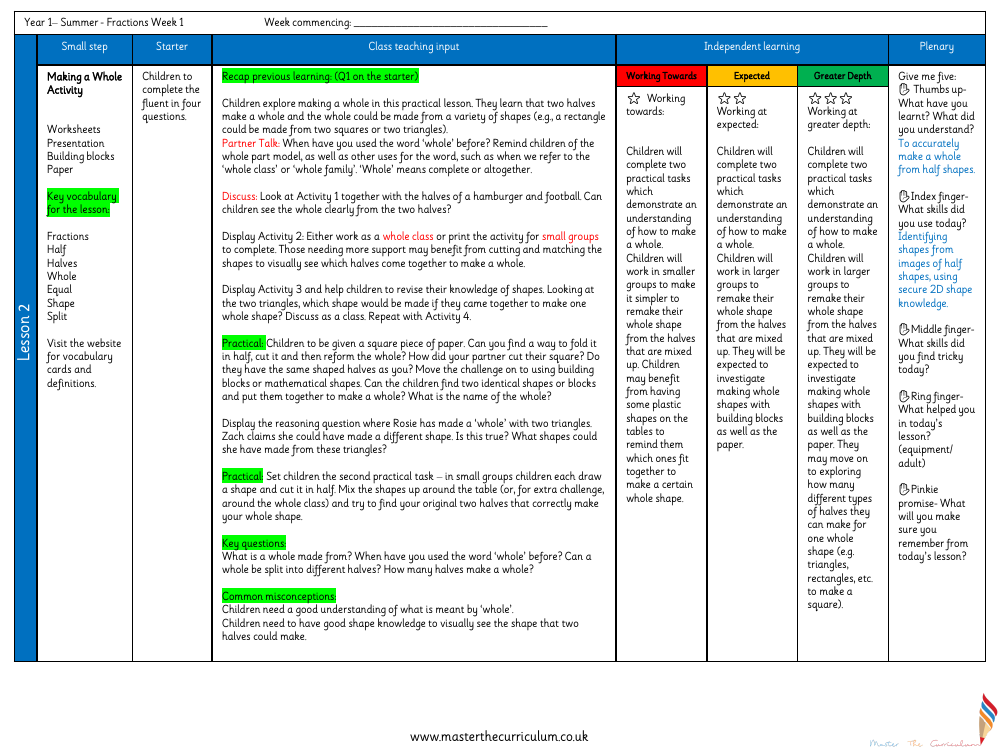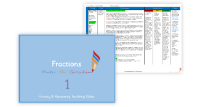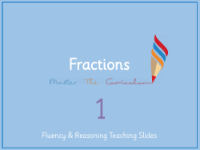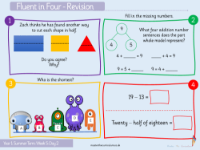Fractions - Making a whole activity - Planning

Maths Resource Description
In a Year 1 lesson on fractions, students delve into the concept of making a whole from halves, using a variety of shapes. The lesson begins with a starter activity that recaps previous learning and introduces key vocabulary such as fractions, half, halves, whole, equal, shape, and split. Children are encouraged to discuss when they have previously used the word 'whole' and are reminded of its meaning as complete or altogether. The class teaching input involves examining halves of familiar objects like hamburgers and footballs to identify the whole object. Activities are designed to support visual learning, with children cutting and matching shapes to form a whole, and discussing the potential shapes that can be created by combining two halves. A practical task further reinforces the concept, as children fold and cut paper squares to explore different ways halves can be reformed into a whole.
The lesson continues with practical exercises where children draw, cut, and then attempt to reassemble their original shapes from mixed halves. This hands-on approach helps them to understand that a whole is made from two halves and that halves can be different yet still combine to form a complete shape. The plenary involves a reasoning question that prompts students to think about the different shapes that can be made from two triangles. The lesson plan caters to different levels of understanding, with activities ranging from working with plastic shapes to more challenging tasks involving building blocks and paper. Throughout the lesson, key questions prompt critical thinking about the nature of wholes and halves, while common misconceptions are addressed to ensure a solid understanding of the topic. The lesson concludes with a reflective 'Give me five' activity where children articulate what they have learned, the skills they used, and what they found challenging, thus consolidating their knowledge of making a whole from fractions.


